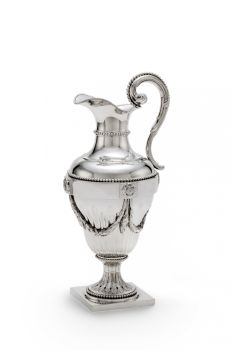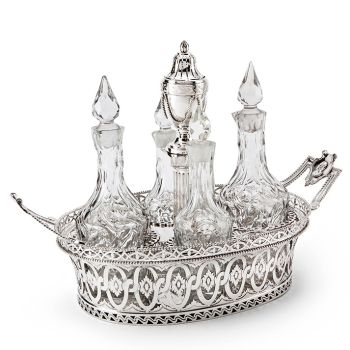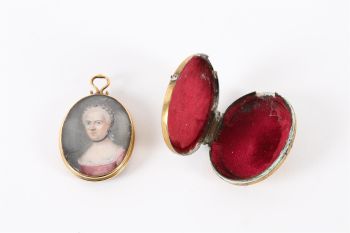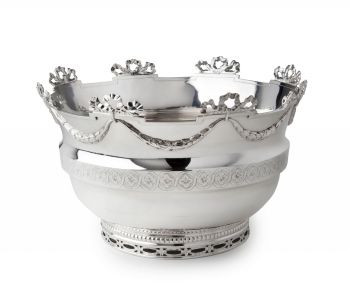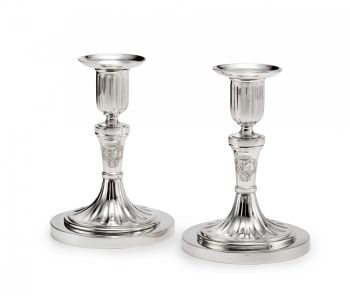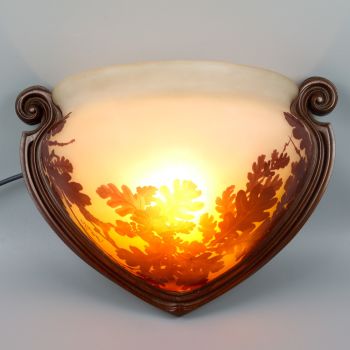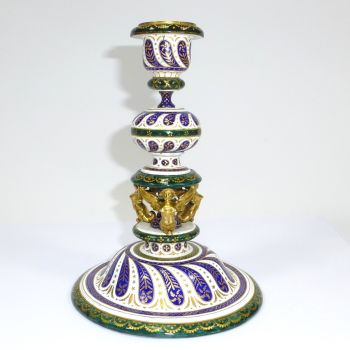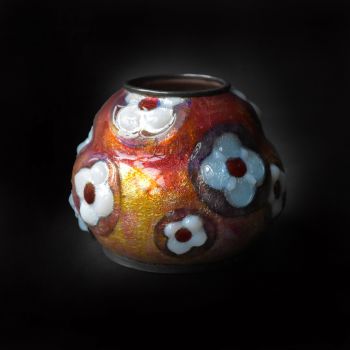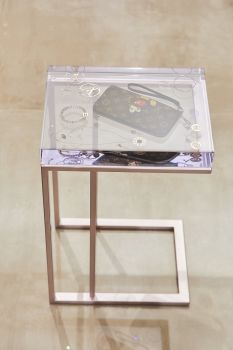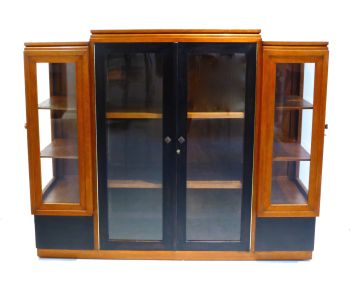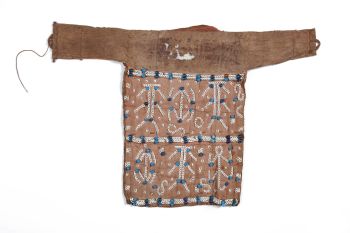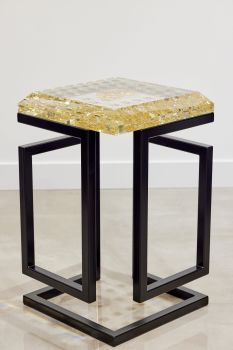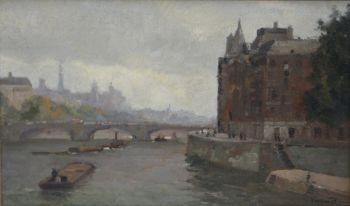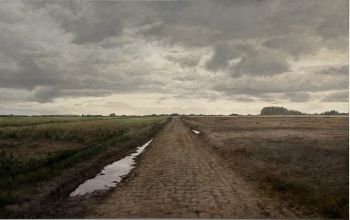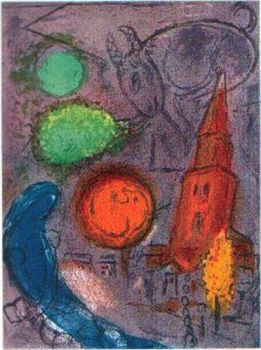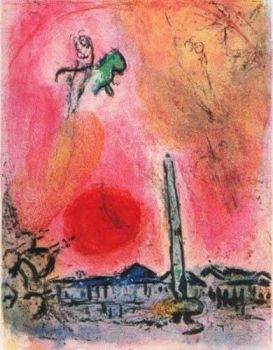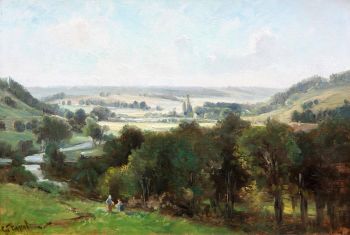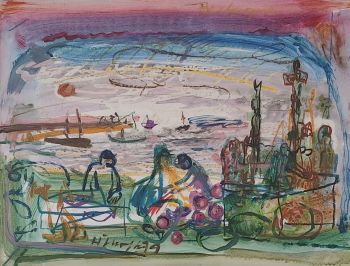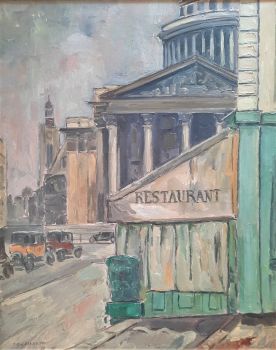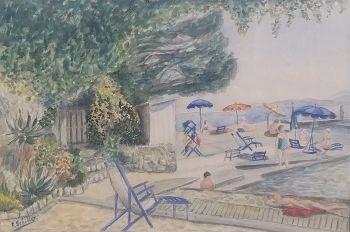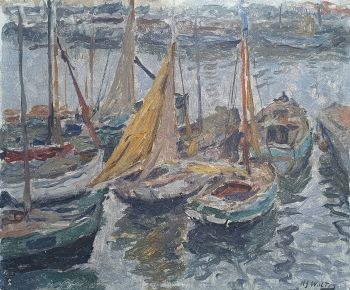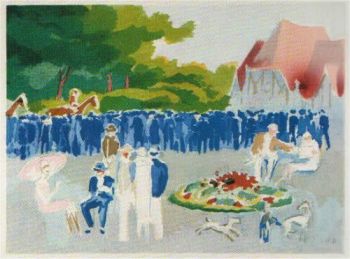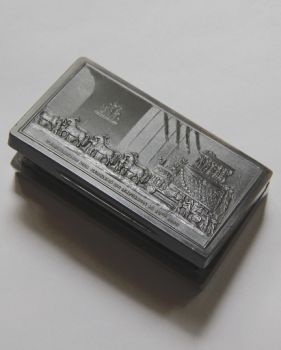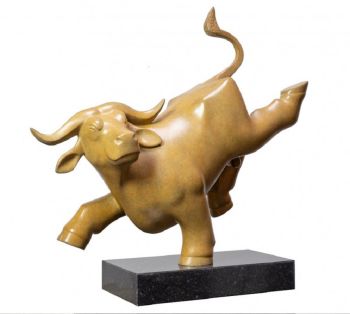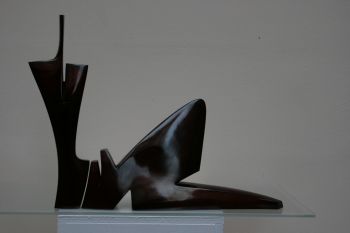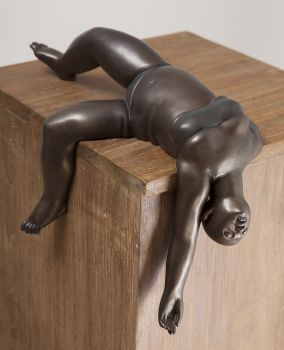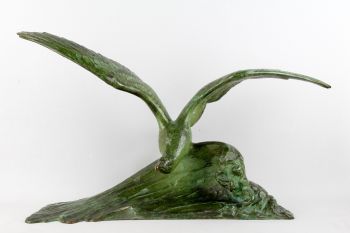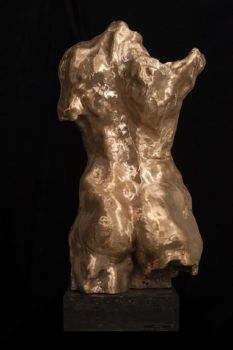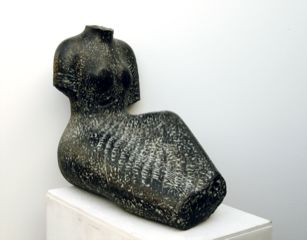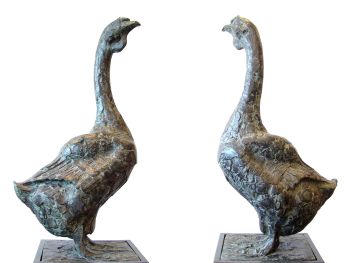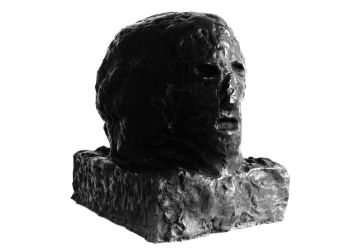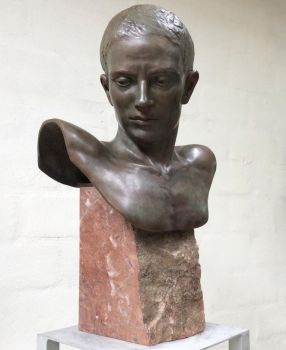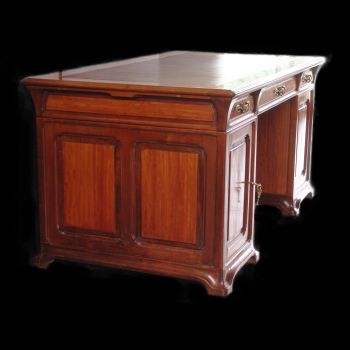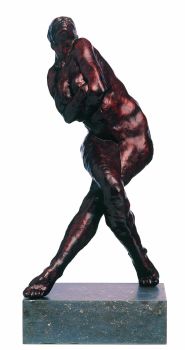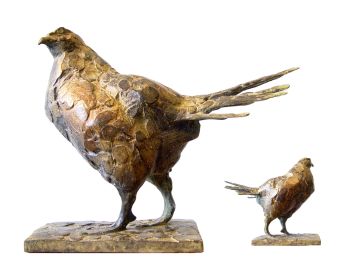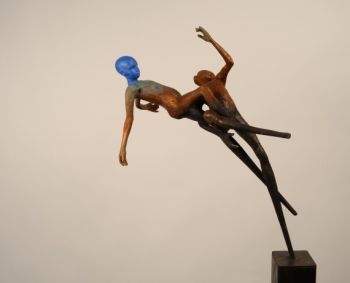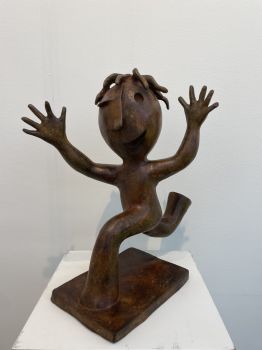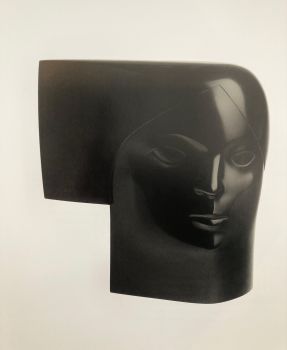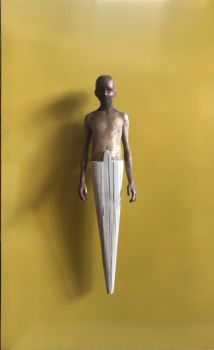French Skeleton Clock with Full Calendar 1792 - 1797
Laurent Ridel
MármolPiedraBronceMetalEsmalte
53 ⨯ 28 ⨯ 14 cm
Actualmente no disponible a través de Gallerease
- Sobre la obra de arteA French skeleton clock with calendar indicating days, symbols of days, months, seasons, mooncalendar, date, hours, minutes and seconds.
The clock has a 15-day going train with pinwheel escapement. The striking train strikes on the hour and half hour.
The white marble base rests on six adjustable feet and is decorated on the front with a fire-gilt bronze relief of playing putti in the style of Clodion. With an arched construction the clock stands on four white marble columns.
The entire clock is lavishly decorated with blue and white enamel. The enamel is signed by the famous Joseph Coteau (1740-1812). Coteau was one of the important enamellers of his time and manufactured many clock decorations. Coteau, born in Geneva, becomes a master enameller in 1766 at the académy de Saint Luc. He settles on the Parisien rue Poupée in 1772 and soon acquires a reputation as gifted miniaturist. He develops a better method to apply gold to porcelain in association with the manufacture de Sèvres. For the same company he also designs objects decorated with faux jewelry. After the ban on the guilds in 1791 the enamellers are allowed to sell their work without the intervention or mentioning of clockmakers.
This clock is signed on a cartouche below the main dial: Ridel à Paris. Laurent Ridel worked in Paris from 1789 to 1800. Ridel also belonged to the top of his trade and only worked with cases of the highest quality manufactured by Lemoyne, Feuchères, Denière, Mathelin, and Deverberie. The enamel usually came from Coteau, like on this clock. Little is known of Ridel’s life before the Revolution. J-D Augarde, however, mentions a cartel clock made for Mesdames Victoire et Adelaïde for the castle Bellevue in 1789.
Provenance:
with Van Dreven en Toebosch, Amsterdam (1996)
Private collection Belgium
Literature:
P. Kjellberg: Encyclopedie de la Pendule Française, les Editions de l’amateur, Paris, 1997, p. 319.
F. Duesberg, Musée François Duesberg, Bruxelles, 2004, p. 103.
Catalogue Artfair Breda 1996, p. 35. - Sobre el artistaLaurent Ridel trabajó en París de 1789 a 1800. Ridel también perteneció a la cima de su oficio y solo trabajó con estuches de la más alta calidad fabricados por Lemoyne, Feuchères, Denière, Mathelin y Deverberie. El esmalte solía venir de Coteau, como en este reloj. Poco se sabe de la vida de Ridel antes de la Revolución. J-D Augarde, sin embargo, menciona un reloj de cartel hecho para Mesdames Victoire et Adelaïde para el castillo de Bellevue en 1789.
Artwork details
Categoría
Tema
Estilo
Material y Técnica
Colour
Related artworks
Johannes Schiotling
Un par holandés de candelabros de plata1784
Precio a consultarJacob J. Roosjen SRI
1 - 4 / 8Artista Desconocido
PAREJA DE ANTORCHAS O VELAS DE TECA DORADA Y LACADA INDONESIA18th century
Precio a consultarZebregs & Röell - Fine Art - Antiques
 curada por
curada porDanny Bree
Artista Desconocido
Japanese transition-style lacquer coffer 1640 - 1650
Precio a consultarZebregs & Röell - Fine Art - Antiques
1 - 4 / 24Herman Bogman jr.
Le Pont au Change et Le Conciergerie in Paris 1935 - 1945
Precio a consultarAdelwein Kunst
Bob Buys
Paris, Gare de L'Est, Passerelle de la Rue d'Alsace1940 - 1950
Precio a consultarAdelwein Kunst
1 - 4 / 22Joris August Verdonkschot
Degas Revisited - In Stock2000 - 2020
Precio a consultarMorren Galleries Utrecht
1 - 4 / 24



